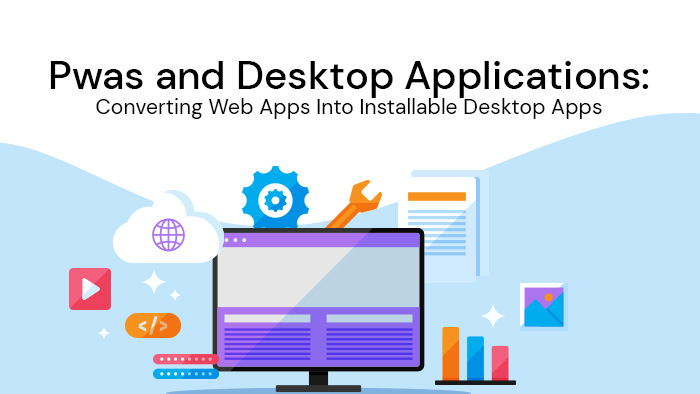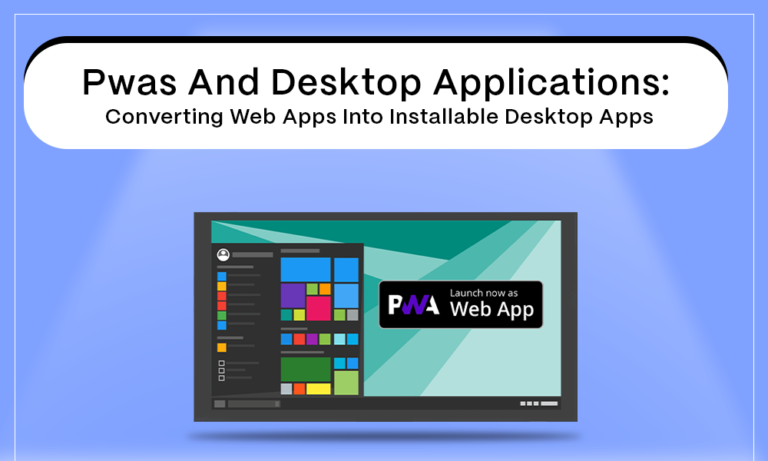What programming languages are commonly used for desktop application development?
The most commonly used programming languages for desktop application development include Java, C++, and C#. These languages have a strong presence in the industry and provide robust frameworks and libraries specifically designed for desktop application development. Java is known for its platform independence and extensive libraries, making it a popular choice. C++ is preferred for its performance and low-level control, often used in resource-intensive applications. C# is widely used for Windows desktop development and provides a simplified syntax and integration with the .NET framework. Other languages like Python and Swift are also gaining popularity for desktop application development due to their simplicity and versatility.

